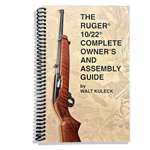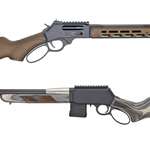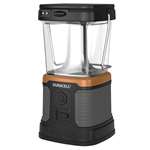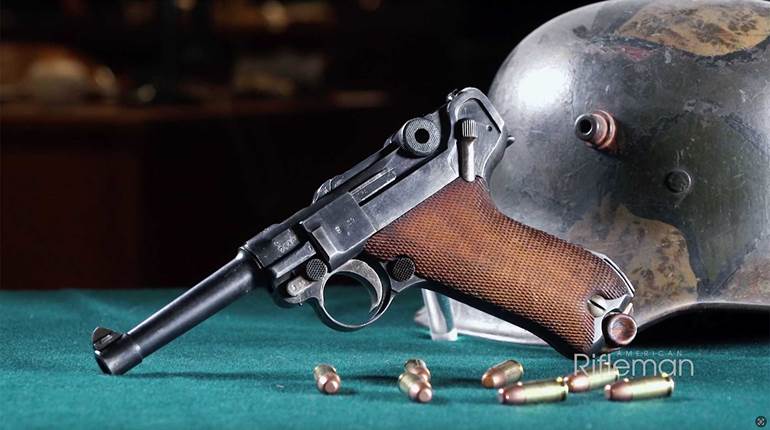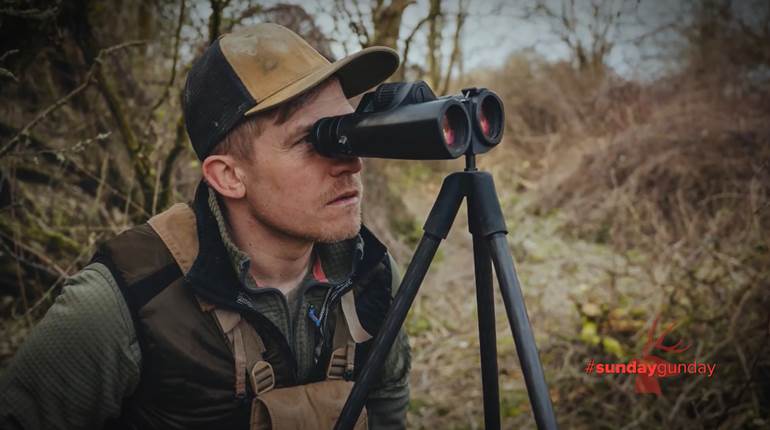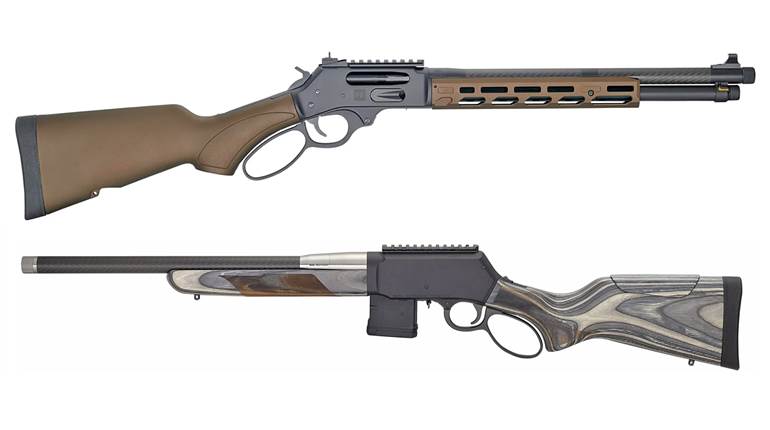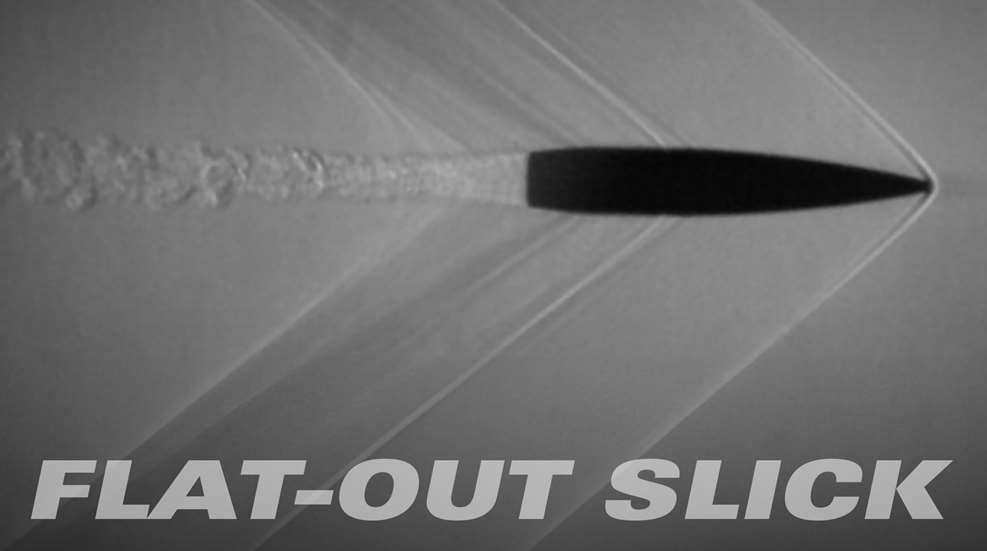
Bullets in flight are subject to nature’s forces. Through the decades, manufacturers have developed bullets to somewhat counteract the effects of wind, gravity and atmospheric drag with a streamlined shape incorporating a boattail and long ogive terminating in a sharp point.
As bullets fly through the air, though, their drag coefficients can vary substantially, to the extent that their trajectories are significantly altered at long distance. At 500 yards and closer, the difference in drag doesn’t affect trajectory much because the bullet’s drag is a cumulative effect that is more apparent over longer distances.
Following extensive testing, Hornady engineers and ballisticians discovered that drag inconsistency can be minimized with a seemingly simple change to the point of a bullet. After shooting thousands and thousands of bullets, their testing established the fact that a meplat with a small flat surface ultimately reduced drag variability. The company calls it Drag Variability Reduction Technology (DVRT).

Miles Neville, a company engineer, said Hornady engineers were pleased with their development in 2012 of the Heat Shield bullet tip that prevented the tip from melting due to aerodynamic heating during flight, thereby lowering the bullet’s ballistic coefficient. But, as further testing of the Heat Shield continued, the engineers noticed drag variables in the bullets during flight.
The story goes that Hornady ballisticians were further testing its Heat Shield-tipped bullets when they noticed that projectiles shot from the last few cartridges in the rifle’s magazine developed much lower variables in drag. This happened time and again. They then noticed the meplat of those bullets had been somewhat flattened by repeatedly slamming into the front of the magazine during the recoil generated by the previously fired cartridges.
“So we machined multiple shaped points in multiple calibers of aluminum and shot them,” Neville said. Hornady’s Doppler radar provided a graph of velocity and drag data, known as the Drag Coefficient (Cd) versus Mach Number, every few feet of each projectile’s flight to help evaluate the aerodynamic performance of each bullet meplat shape. The Doppler radar tracked smaller-diameter .22- and .26-cal. bullets out to 1,200 to 1,400 yards and larger .33- and .50-cal. bullets out to 2,000 yards.
After firing thousands and thousands of rounds, Hornady ballisticians and engineers discovered that bullets with a slightly flat meplat exhibited much less drag variability than other profiles. High-speed in-flight images of bullets with slightly flattened tips revealed shock waves were not attached to the front of the bullets—however, shock waves were attached to those bullets with a sharp point. “When the shock wave is attached to the front of a bullet, the drag curve just goes wild every once in a while,” Neville said. “And that could be from a much higher drag or a much lower drag on the bullet.”
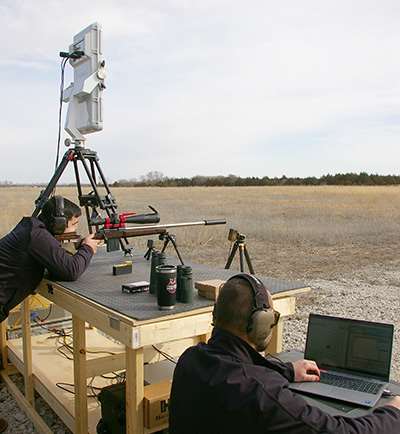
Even after all that shooting, the Hornady folks are not exactly sure why the slightly flat meplat reduces drag variability. Seth Swerczek, Hornady’s marketing communications manager, theorizes that “the shock waves on pointier bullets aren’t forming at a consistent place on the bullets every time.” That, in turn, causes the bullets to yaw and increases their drag.
To demonstrate how the Drag Variability Reduction Technology works, Neville was joined by Hornady’s Senior Ballistician Jayden Quinlan and Ballistician Jacob Morrow for some 1,000-yard shooting at the company range on the outskirts of Grand Island, Neb. Wind was fairly calm that mid-March morning. Quinlan hovered over the proceedings with a watchful eye as Morrow manned the computer linked to the Doppler radar and Neville readied his rifle—comprised of an Impact Precision Shooting action with a heavy Bartlein barrel mounted with a Leupold 5HD 5-25X 56 mm scope. His 6.5 mm Creedmoor load was assembled with 41.0 grains of H4350 topped with Hornady 140-grain ELD Match bullets. The first lot of Match bullets wore the discontinued Heat Shield Tips with a pointed tip, while the second was comprised of the Heat Shield tips with the DVRT flat meplat.
Neville shot 10 Match bullets wearing the old Heat Shield Tips. The radar tracked the path of each bullet out to 1,000 yards. In turn, a numbered mark on the computer screen showed where each had hit the virtual target. The 10-shot group measured 25" vertically and 19" horizontally. Just 40 f.p.s. of extreme spread of velocity over a string of shots will increase vertical spread 11" at 1,000 yards.
While letting the barrel cool, Neville leisurely loaded the rifle’s magazine with 10 cartridges seated with flat-meplat Match bullets. He then fired the cartridges one after the other. The Doppler computer screen showed the 10 bullets had spread 16" vertically and 8.5" horizontally—approximately half the dispersion of the old radius-tipped Match bullets. The narrower vertical spread demonstrates a much more even amount of drag on the bullets.
Of course, 10 shots do not fully reveal the true precision of a bullet. “Trust us,” Quinlan said, “we shot thousands of groups over three years to isolate the issue of variable drag on bullets.”

“Hunters and shooters shooting at 500 yards and closer aren’t going to see much difference between the bullets they shoot now and the bullets with the Drag Variability Reduction flat meplat,” Swerczek said. That’s because drag variability is not so pronounced at shorter distances that it will cause detectable changes in trajectory. “These bullets are more for shooters who shoot small targets at long distances, and their bullets might have a time of flight of a second or longer, because drag accumulates much more the longer the distance,” he said.
While a sharp, pointed tip provides lower overall drag at higher Mach numbers, it can lead to high drag variability from shot to shot. So, the slight flat on Drag Variability Reduction Technology bullets does reduce their ballistic coefficient compared to bullets with a more pointed tip. “At a high Mach number, the BC might be reduced three or four percent,” Neville said. “But at a lower Mach number, there is really no change in BC, and it may actually provide a slightly higher BC.”
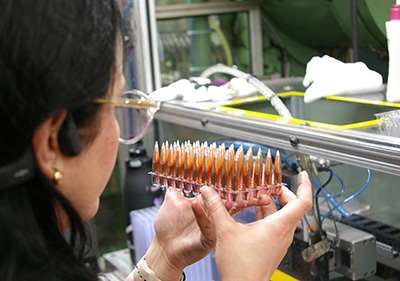
But if a slight flat decreases drag variability, shouldn’t a wider flat reduce drag even more? “Wider flats did result in less variability in drag,” Neville said. “But they also resulted in much more drag.” Hornady ballisticians experimented with a flat meplat with a ratio of diameter to caliber of between 0.07:1 and 0.18:1. They discovered each caliber of bullet required a different diameter meplat to strike a balance between drag variability reduction and a satisfactory ballistic coefficient. The Hornady patent “Bullet With Improved Aerodynamics” states “… for a .22 caliber the meplat has a diameter in the range of 0.016" and 0.040", and a .50 caliber bullet meplat has a diameter in the range of 0.036" and 0.092".
Hornady filed the patent in 2020, and it was awarded in 2022; however, work finalized on the flat-tipped bullets back in 2017 and into 2018. “It took a backseat there for a while because our attention was centered on new products such as the ELD bullets, cartridges and ammo,” Swerczek said. “That technology, though, immediately went into our new A-Tip bullet in 2019 and then Heat Shield Tip bullets. But we weren’t ready to announce it back then because we had applied for a patent and were waiting for it to be granted.” Even though Hornady did not exactly mention the flat meplat, A-Tip advertisements hinted at it, stating: “Aeroballistically advanced tip design results in tighter groups and reduced drag variability.”
When his workweek at Hornady is behind him, Swerczek is a dedicated competitor in long-range shooting matches. The 6 mm ARC and 6.5 mm Creedmoor are his two favorite cartridges for this difficult sport. During the past few years, the 110-grain A-Tip has become his favorite bullet for shooting his 6 mm. “That bullet is the sweet spot for the 6 mm,” Swerczek said. Since switching to shooting A-Tips, he has been hitting a few more targets during a match. “The bullets just seem to stack up on each other.”
That’s the whole point—or meplat, as it were—of Drag Variability Reduction Technology.












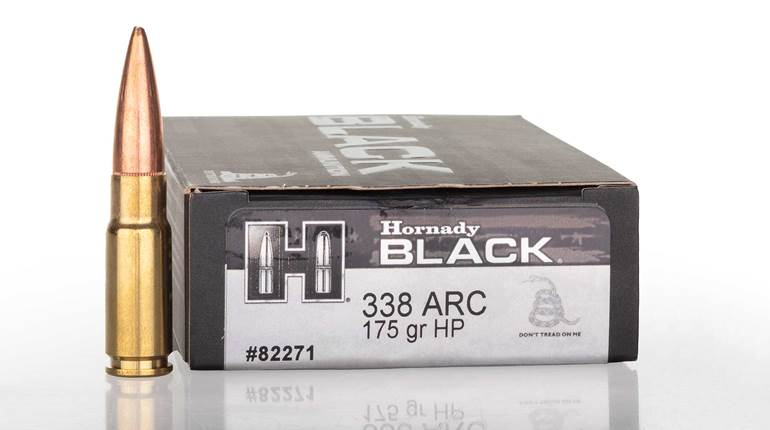






![Auto[47]](/media/121jogez/auto-47.jpg?anchor=center&mode=crop&width=770&height=430&rnd=134090788010670000&quality=60)
![Auto[47]](/media/121jogez/auto-47.jpg?anchor=center&mode=crop&width=150&height=150&rnd=134090788010670000&quality=60)

